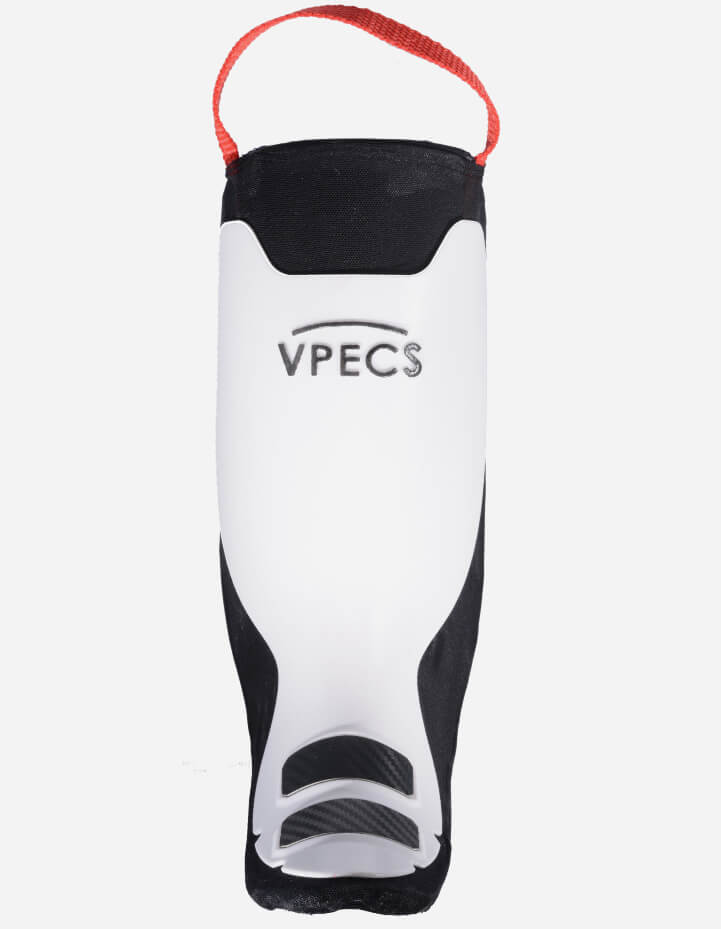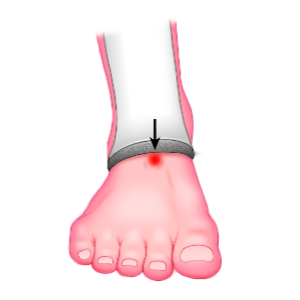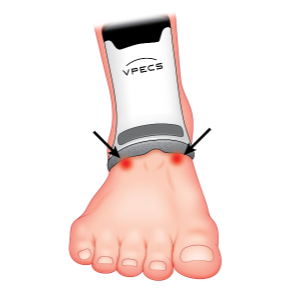Ski Boots

Ski Boots
Despite the fact that modern ski boots are well-designed to meet the demands of modern skiers, more than two-thirds of downhill skiers suffer from cold and/or painful feet*. VPECS addresses this problem by respecting the anatomy of the dorsal aspect of the foot.
VPECS is integrated into the liner of a ski boot. A VPECS system will protect the dorsal pedal artery and the deep peroneal nerve thereby increasing blood flow to the forefoot and reducing nerve pressure. Moreover, VPECS will provide a three-point fixation of the middle foot, which translates to better control and grip.
In ski boots without VPECS, we have demonstrated that buckling reduces blood flow to the toes by 40-80%. If VPECS is integrated in the same boot, blood flow is completely normalized. The VPECS-effect can be measured with temperature probes between the toes. After 120 minutes, there was a 4-degree Celsius difference between a boot with and without VPECS.
To the left is a tongue for a ski boot with a VPECS system integrated. No adjustments are needed in the shell of the ski boot. The system has been built to withstand the extreme forces seen in a buckled ski boot.
*Internal market research
Three-point fixation of the middlefoot


A regular ski boot creates one very distinct pressure point on the top of the midfoot, which helps fixate the foot in the ski boot. The fixation is dependent on one force exerted from above down to the sole of the foot.
Ski boot with the VPECS system removes the pressure on the top of the midfoot and instead creates two pressure point laterally on both sides. This will create a better fixation of the foot in the ski boot, a feature that improve force transmission to the ski. With a VPECS system, the fixation of the foot is secured by three points in a manner that resembles a vise.